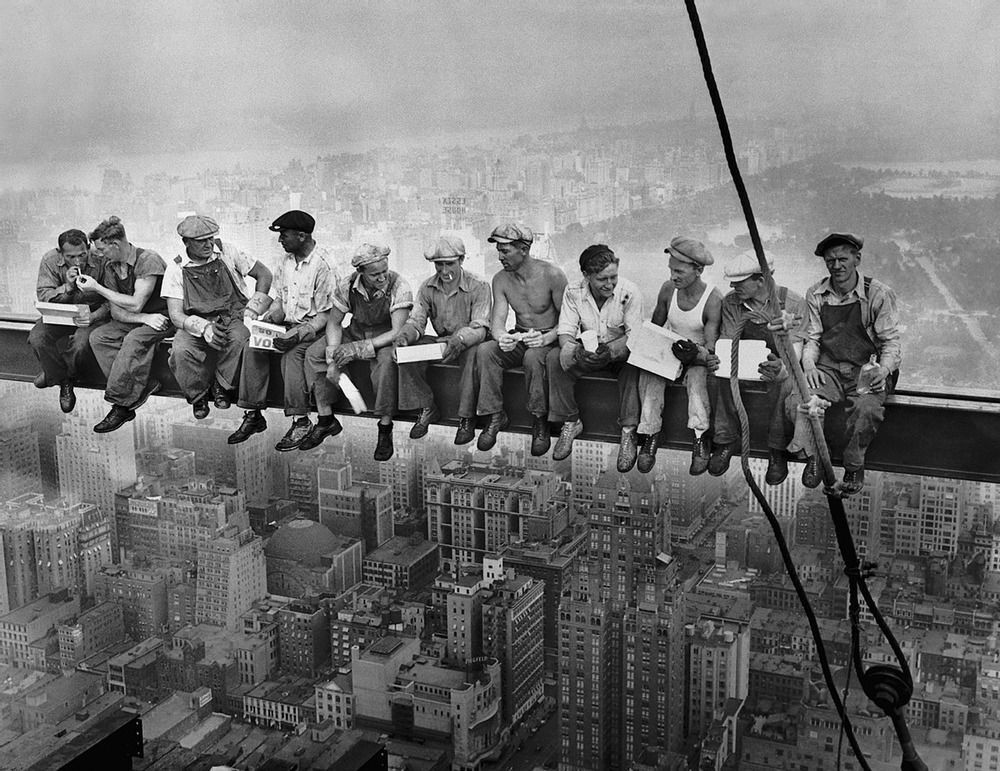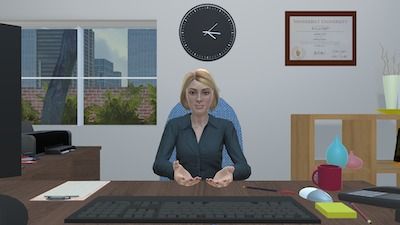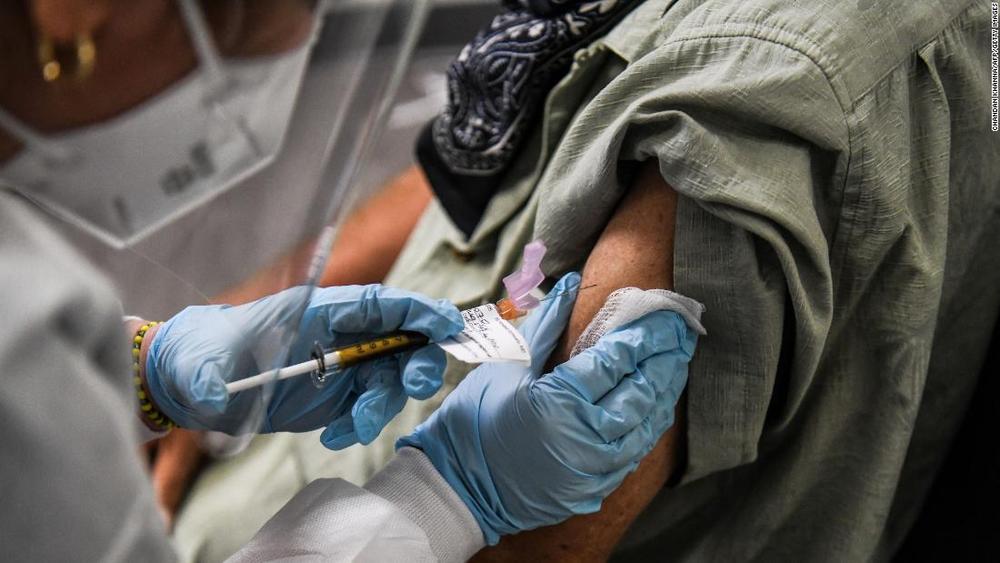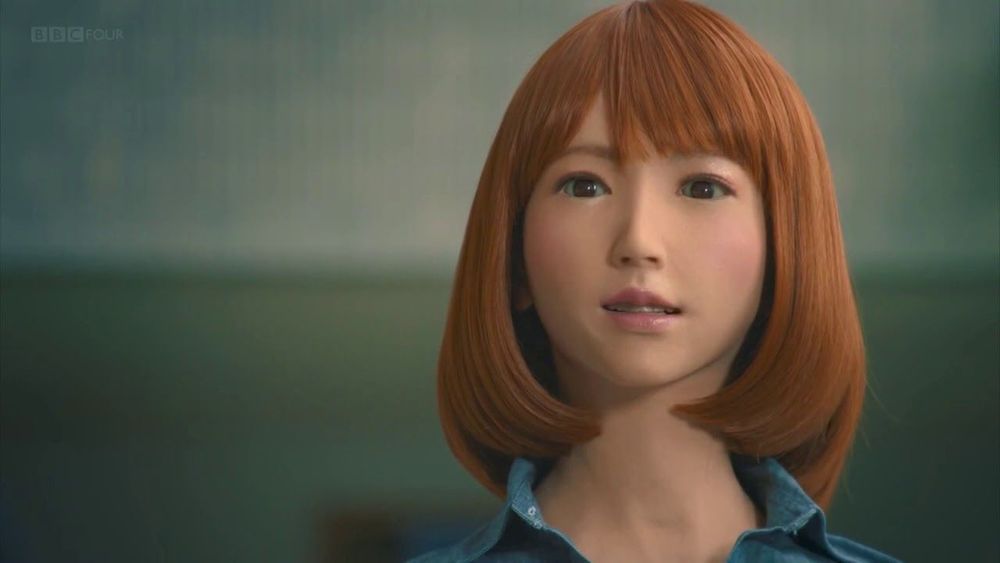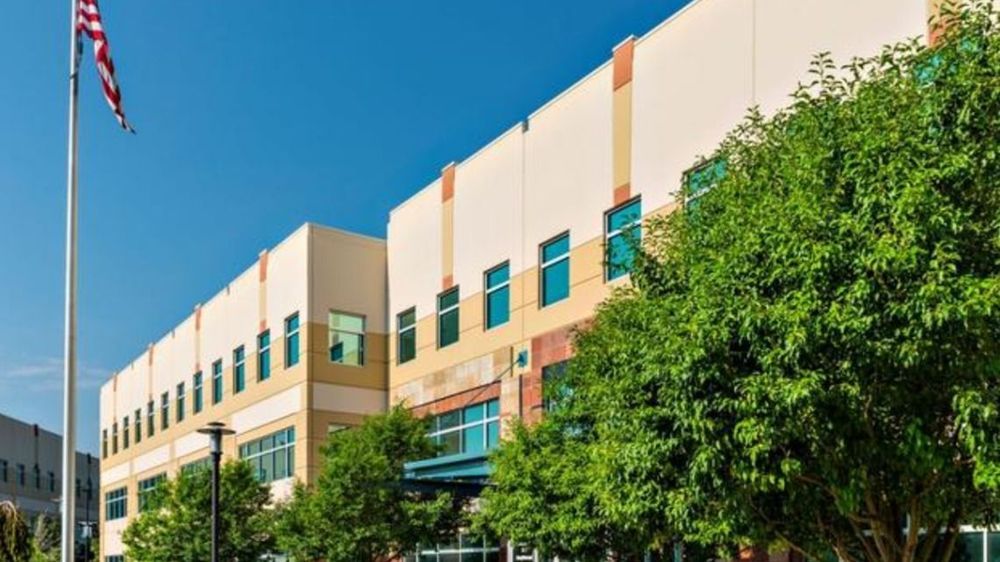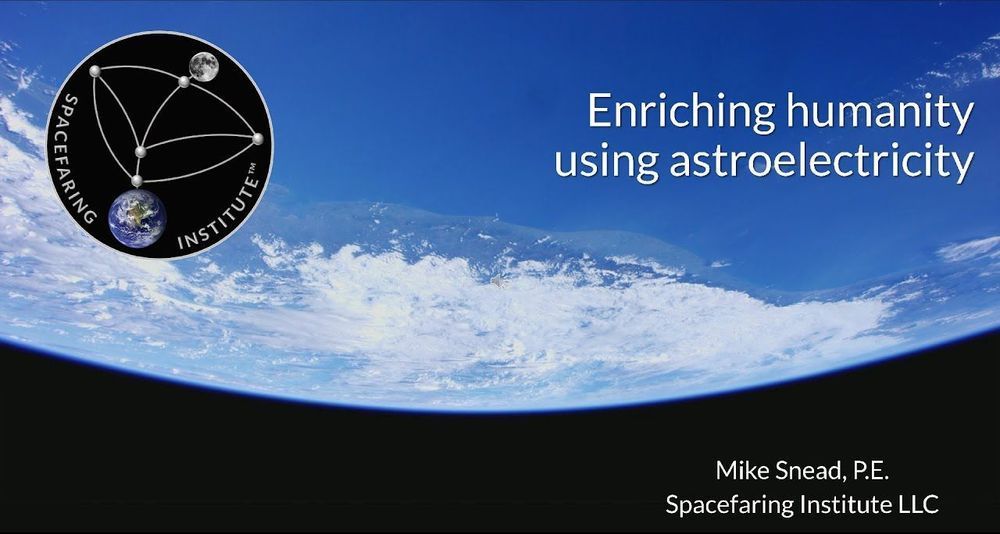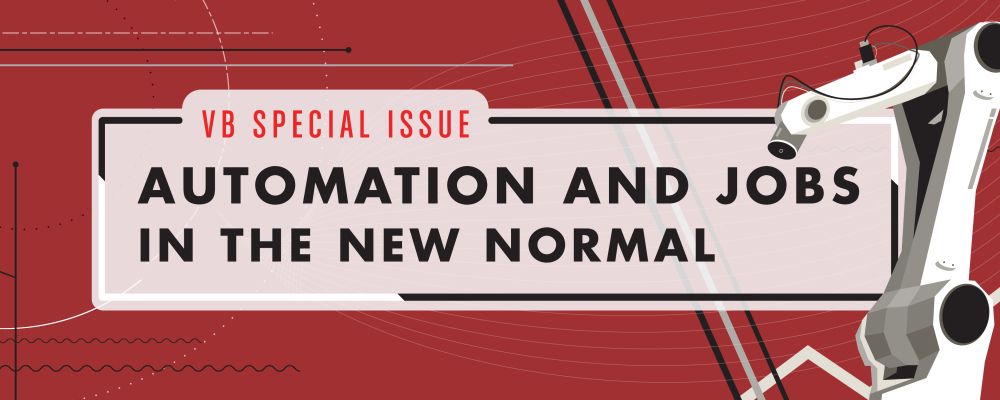Imagine a country where AI takes all the jobs so that no human being is working. How will it be like? To many people, that means hell – human civilization may soon end since we no longer control our own survival. But to others, that signifies the advent of new life, where mankind can finally get rid of labor and focus on something more valuable.
Category: employment – Page 51
The National Science Foundation has awarded a highly competitive $5 million grant to Vanderbilt University that greatly expands a School of Engineering-led project for creating novel AI technology and tools and platforms that train and support individuals with Autism Spectrum Disorder in the workplace.
The significant federal investment follows a successful $1 million, nine-month pilot grant to the same team that forged partnerships with employers and other stakeholders and produced viable prototypes through immersive, human-centric design. The multi-university team includes Yale University, Cornell University, Georgia Institute of Technology and Vanderbilt University Medical Center as academic partners.
The grant, made through NSF’s Convergence Accelerator program, advances the School of Engineering’s focus on Inclusion Engineering,® which uses the disciplines within engineering to broaden meaningful participation for people who have been marginalized.
🤔 My belief is: Many people have ideas on how to fix the global economy. It is only in trying as many ideas as possible to see what works, and what fails. Personally I believe in the ideologies of Scottish Intellectuals David Hume, and Adam Smith. Capital needs to be broadly spread out to the most productive hands of an economy. Currently that would be creatives. Musk and Bezos have multiplied wealth and created jobs, like Steve Jobs. With people cozy to the idea of working a… See More.
The US Centers for Disease Control and Prevention has asked states to be ready to distribute a coronavirus vaccine by late October. Pfizer (PFE) thinks it will have enough data to ask the US Food and Drug Administration to authorize its potential vaccine next month.
Most experts think it’s unlikely — but not impossible — that a vaccine will be ready ahead of the US election. But with at least seven candidates in phase three trials, it’s very likely that at least one successful vaccine will emerge in the months to come. Pharmaceutical companies are also racing to develop effective treatments for the disease.
An effective vaccine has been touted as the magic bullet that will allow the global economy to quickly shift back into gear. Yet there are reasons why the recovery may be slow going: vaccines are typically not 100% effective and there will be a limited number of doses to go around. Distribution could be a problem, both between countries and within them. Even if those challenges are overcome, some people may choose not to take the vaccine.
November 2019 is a landmark month in the history of the future. That’s when humanoid robots that are indistinguishable from people start running amok in Los Angeles. Well, at least they do in the seminal sci-fi film “Blade Runner.” Thirty-seven years after its release, we don’t have murderous androids running around. But we do have androids like Hanson Robotics’ Sophia, and they could soon start working in jobs traditionally performed by people.
Russian start-up Promobot recently unveiled what it calls the world’s first autonomous android. It closely resembles a real person and can serve in a business capacity. Robo-C can be made to look like anyone, so it’s like an android clone. It comes with an artificial intelligence system that has more than 100,000 speech modules, according to the company. It can operate at home, acting as a companion robot and reading out the news or managing smart appliances — basically, an anthropomorphic smart speaker. It can also perform workplace tasks such as answering customer questions in places like offices, airports, banks and museums, while accepting payments and performing other functions.
“We analyzed the needs of our customers, and there was a demand,” says Promobot co-founder and development director Oleg Kivokurtsev. “But, of course, we started the development of an anthropomorphic robot a long time ago, since in robotics there is the concept of the ‘Uncanny Valley,’ and the most positive perception of the robot arises when it looks like a person. Now we have more than 10 orders from companies and private clients from around the world.”
The giant Waltham, Massachusetts-based defense contractor (NYSE: RTX) is hiring to fill 200 open positions in Aurora, where Raytheon already employs 2,500 people.
Depending on how fast Raytheon finds candidates, the number of open jobs could rise because of the company’s growth, said Sullivan, the business’ top local executive. Raytheon last year expected to increase its workforce in Aurora by 400 to 500 positions by 2024.
This is my second video presentation on the topic of GEO space-based solar power (astroelectricity). This was also given via video at a conference in Portugal on 22 Aug 2020. After a brief introduction to astroelectricity, the 24-minute presentation addresses how global astroelectricity will enable most of the 17 UN Sustainable Development Goals to be addressed and, especially, how affordable middle-class housing can be built. We are living in an exciting time (in a positive sense) where emerging technologies will enable us to push through these difficult times. The key is to undertake an orderly transition from fossil carbon fuels to astroelectricity and not be sidetracked by poorly developed “solutions” such as the Paris Climate Agreement and the Green New Deal.
The world needs a peaceful, orderly plan to transition from fossil carbon fuels to globally decentralized sustainable energy sufficient to enable worldwide middle-class prosperity. Nuclear power, wind power, and ground solar power—“solutions” often tied to the Green New Deal—cannot practically achieve this. Astroelectricity, generated in space by space-based solar power, can meet this need. This presentation builds on the “(Em)powering World Peace and Prosperity Using Astroelectricity” to discuss the global benefits that will arise from transitioning to astroelectricity.
In this presentation, astroelectricity is described followed by examples of how global astroelectricity will enable most of the U.N. Sustainable Development Goals to be realized this century. The presentation ends with describing how astroelectricity, 3D-printing, and humanoid construction robots can revolutionize building affordable middle class homes to boost the world’s standard of living, ending energy impoverishment and substandard housing while providing high-quality science, technology, engineering, architecture, manufacturing and construction jobs worldwide.
Ogba Educational Clinic
Long before coronavirus appeared and shattered our pre-existing “normal,” the future of work was a widely discussed and debated topic. We’ve watched automation slowly but surely expand its capabilities and take over more jobs, and we’ve wondered what artificial intelligence will eventually be capable of.
The pandemic swiftly turned the working world on its head, putting millions of people out of a job and forcing millions more to work remotely. But essential questions remain largely unchanged: we still want to make sure we’re not replaced, we want to add value, and we want an equitable society where different types of work are valued fairly.
To address these issues—as well as how the pandemic has impacted them—this week Singularity University held a digital summit on the future of work. Forty-three speakers from multiple backgrounds, countries, and sectors of the economy shared their expertise on everything from work in developing markets to why we shouldn’t want to go back to the old normal.
Aside from staying alive and healthy, the biggest concern most people have during the pandemic is the future of their jobs. Unemployment in the U.S. has skyrocketed, from 5.8 million in February 2020 to 16.3 million in July 2020, according to the U.S. Bureau of Labor Statistics. But it’s not only the lost jobs that are reshaping work in the wake of COVID-19; the nature of many of the remaining jobs has changed, as remote work becomes the norm. And in the midst of it all, automation has become potentially a threat to some workers and a salvation to others. In this issue, we examine this tension and explore the good, bad, and unknown of how automation could affect jobs in the immediate and near future.
Prevailing wisdom says that the wave of new AI-powered automation will follow the same pattern as other technological leaps: They’ll kill off some jobs but create new (and potentially better) ones. But it’s unclear whether that will hold true this time around. Complicating matters is that at a time when workplace safety has to do with limiting the spread of a deadly virus, automation can play a role in reducing the number of people who are working shoulder-to-shoulder — keeping workers safe, but also eliminating jobs.
Even as automation creates exciting new opportunities, it’s important to bear in mind that those opportunities will not be distributed equally. Some jobs are more vulnerable to automation than others, and uneven access to reskilling and other crucial factors will mean that some workers will be left behind.
In the end, we look back at our careers and reflect on what we’ve achieved. It may have been the hundreds of human interactions we’ve had; the thousands of emails read and replied to; the millions of minutes of physical labor—all to keep the global economy ticking along.
According to Gallup’s World Poll, only 15 percent of people worldwide are actually engaged with their jobs. The current state of “work” is not working for most people. In fact, it seems we as a species are trapped by a global work crisis, which condemns people to cast away their time just to get by in their day-to-day lives.
Technologies like artificial intelligence and automation may help relieve the work burdens of millions of people—but to benefit from their impact, we need to start changing our social structures and the way we think about work now.
« In the form it is known today, macroeconomics began in 1936 with the publication of John Maynard Keynes’s “The General Theory of Employment, Interest and Money”. Its subsequent history can be divided into three eras. The era of policy which was guided by Keynes’s ideas began in the 1940s. By the 1970s it had encountered problems that it could not solve and so, in the 1980s, the monetarist era, most commonly associated with the work of Milton Friedman, began. In the 1990s and 2000s economists combined insights from both approaches. But now, in the wreckage left behind by the coronavirus pandemic, a new era is beginning. What does it hold? »
It is not yet clear where it will lead.
